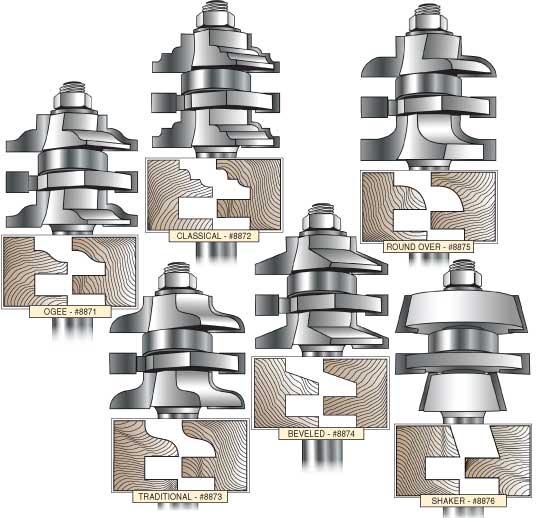I am trying to come up with a joint that I can use for a frame that will have beveled inside corners, where I can cut the bevels cleanly on my router, and that isn't a miter (I don't want the 45 degree seam, I want a 90 degree seam).
The only joint I can really think of is this (inside bevel on horizontal piece not shown because it's not really significant to the joint):
My question is: Does this joint have a name? I know I've seen it before, but I couldn't find anything in image searches, and unless I overlooked it I don't see it on this huge list of joints, either.



